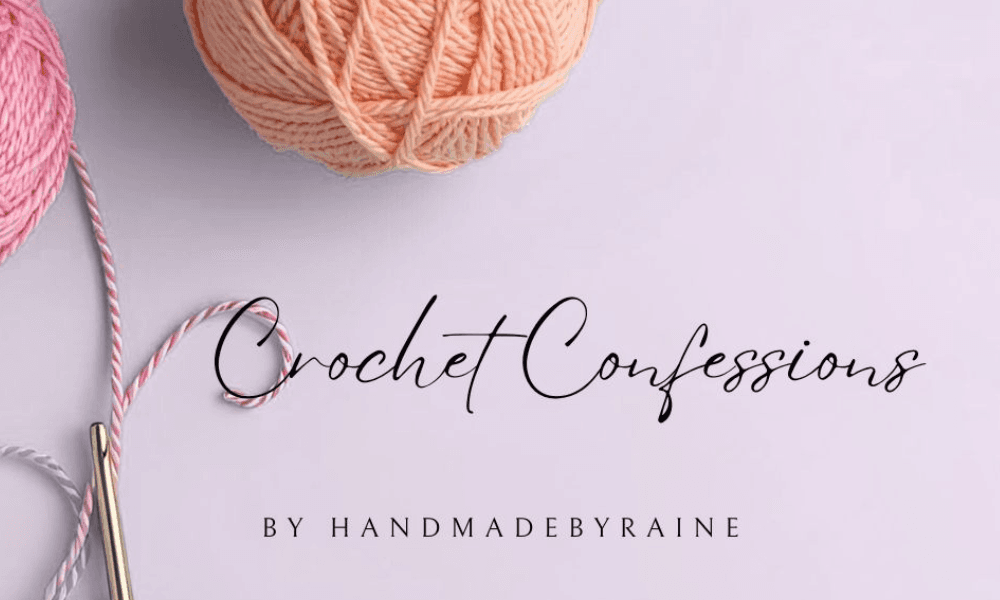Overview
This a fast-growing, direct-to-consumer (DTC) brand in the wellness niche centered around a single flagship product. The brand operates in the biohacking/wellness space, claiming to help users optimize sleep, focus, energy, and performance through a wearable product. The business has generated over $4.5M in annual revenue and over $925K in profit in the past 12 months, showing robust commercial traction. Recent 30-day profit alone was $220K, suggesting strong short-term performance.
Despite a high-revenue model and profitability, the business demonstrates significant red flags including customer dissatisfaction (reflected in TrustPilot reviews), heavy dependency on a single media buyer, and operational concerns related to fulfillment and product quality. The business has major opportunities in expanding its product line, improving customer retention, and leveraging its large contact database, but those will require significant effort post-acquisition.
Key Insights
Website Performance and Metrics
Website Speed: The website is functional and relatively fast for a Shopify-based store but could benefit from optimization—image-heavy landing pages slightly delay mobile load times, potentially hurting conversion.
Product Variation and SKUs: The product catalog is extremely limited. The brand offers one core product, with color and size variations. This positions the business strongly around a hero product but limits upselling and bundling opportunities that could improve Average Order Value and Lifetime Value.
AOV & CLTV:
AOV is stated at $57, which aligns with the price of the core product.
CLTV is unknown but is likely modest due to the single-product model and low repeat purchase nature unless supported by strong retention strategies.
Repeat Customer Rate: Not reported. Likely low based on product type (one-time purchase). There’s no indication of product expansion or complementary SKUs that encourage repurchase, subscriptions, or continuity plans.
Website Conversion Rate: Not disclosed. However, the revenue-to-order ratio suggests a healthy conversion rate assuming strong ad traffic, though unclear without CAC or on-site behavior data.
Website Design and UX: Design is polished, professional, and brand-aligned. The UI is modern with a sleek layout that emphasizes the product’s perceived innovation and benefits. Product descriptions are persuasive but would benefit from added credibility, such as clinical validation or social proof.
Brand Positioning and Customer Sentiment:
Positioning: Marketed as a futuristic wellness tool, tapping into biohacking, stress relief, and performance enhancement trends.
Customer Sentiment: Concerning. Out of 177 Trustpilot reviews, only 40% are 5-star, while 50% are 1-star, giving the brand a 2.9 average rating. Many customers complain about product quality, lack of efficacy, shipping delays, and customer support issues. This poses a long-term brand equity risk.
Customer Acquisition Efficiency & Scalability: The business has achieved scale via aggressive paid marketing. However, all ad performance appears to hinge on the skill of a single media buyer—creating an operational dependency and risk. CAC is not disclosed, and media efficiency is assumed rather than proven.
Marketing Angle & Repositioning Opportunity:
Angle: Capitalizes on the growing interest in wearable health tech and performance optimization. The messaging taps into sleep improvement, anxiety relief, and mood support.
Repositioning Potential: The brand could pivot toward a broader “digital wellness” or “lifestyle enhancement” product suite. Introducing products like guided meditation apps, sleepwear, or supplements could unlock more revenue and CLTV. A repositioning with credible endorsements or product bundles would also offset skepticism from poor reviews.
Finances
Reported Financials:
Annual Revenue: $4.5M
Annual Profit: $925K
Last 30 Days Profit: $220K (suggesting strong Q1 performance or seasonal uplift)
Monthly Revenue Average: ~$374K
Profit Margin: 21%
Revenue and Profit Analysis: The brand is cash-flow positive and demonstrates profitability, but the 2.2x profit multiple is high for a single-SKU brand with negative customer sentiment and operational risks. The 0.4x revenue multiple, however, is attractive and implies undervaluation if retention and satisfaction are improved.
Cost Breakdown Unknown: No clear data on cost of goods sold (COGS), ad spend, fulfillment fees, or operating expenses. These must be disclosed in seller interviews to validate the margins.
Financial Trends: No breakdown of monthly trends or growth curves over 12–24 months. Without this, it’s unclear if the recent profit surge is sustainable or seasonal.
Marketing (Paid & Organic)
Paid Advertising: Core revenue driver. The media buyer included in the sale has likely been instrumental in scaling to current volumes. Channels likely include Facebook, Instagram, and TikTok ads based on landing page design and creative strategy. Performance ads are working, but again—dependency on one buyer raises scalability risk.
Organic Marketing: Minimal footprint. No significant SEO blog content, and weak presence in search rankings. Organic social media presence is limited, with moderate engagement.
Email Marketing: With an email list of over 235,000 contacts, this is a major untapped asset. There is no evidence of active email flows (welcome, cart recovery, win-back, etc.), making this a low-cost growth lever for retention and CLTV increase.
Influencer & Affiliate Strategy: Not mentioned. Considering the nature of the product, influencer campaigns and UGC could be highly effective—especially if testimonials are authentic and detailed.
Operational Efficiency
Fulfillment & Logistics: Details not disclosed. However, Trustpilot reviews suggest issues with delivery delays and inconsistent customer service. It is unclear if fulfillment is in-house, third-party, or dropship-based.
Team & Roles: Only key role mentioned is the media buyer (included in sale). No clarity on operational team, customer support, or backend processes. This creates uncertainty around scalability and daily operations.
Support Systems: No stated SOPs or documentation. Buyer should request documentation of current workflows, fulfillment partners, and customer service scripts.
Customer Data & Relationships
Customer Base: 237,946 customers across 76,660 orders suggest significant traffic and conversion. Strong foundation, but only if customer satisfaction can be improved.
Email List: 235,146 contacts, potentially underutilized. With segmentation and retention campaigns, this could drive major reactivation.
Customer Relationships: Poor experience reported post-purchase. High 1-star review percentage indicates friction. Trust restoration is key for brand longevity.
Review Strategy: No proactive review generation strategy appears in place. Consider integrating review tools like Judge.me or Loox and setting up post-purchase sequences to boost genuine, positive feedback.
Legal & Compliance
Jurisdiction: Registered in the UAE. Buyers should review tax implications, import/export duties, and digital product regulations based on where they plan to operate.
Compliance Risk: The brand’s health claims (sleep, energy, anxiety relief) may fall under regulatory scrutiny in Western markets. Ensure all claims are backed by data or appropriately worded to avoid FTC/FDA action.
IP Ownership: No mention of patents, trademarks, or proprietary product development. IP status should be clarified and transferred securely in the sale.
Challenges Identified
Heavy Reliance on One Media Buyer: Business performance could drop sharply without this key role. While included in the sale, long-term dependency remains risky.
Weak Customer Experience: A high percentage of negative reviews on TrustPilot raises questions about fulfillment quality, product satisfaction, and support.
Single Product Model: Without product depth or subscriptions, scaling CLTV is difficult. Retention will remain low unless bundling or ecosystem expansion occurs.
Limited Organic Channels: Overdependence on paid acquisition makes scaling more expensive over time. Organic traffic and social content are under-leveraged.
Operational Ambiguity: Lack of documented systems, unclear logistics chain, and unknown support structure create risk for transition and ongoing operations.
Recommendations
Request Full Data Pack from Seller:
Month-on-month revenue/profit for past 12–18 months
Breakdown of ad performance, CAC, conversion rates, and email performance
Fulfillment partner agreements, COGS, and support workflows
Hire Customer Support Lead or Agency: Rapidly address support issues post-acquisition to regain trust.
Diversify Marketing:
Build organic content
Leverage influencer partnerships
Scale email flows
Introduce New SKUs: Explore complementary products in the wellness and lifestyle niche to boost repeat purchases and cross-sell opportunities.
Legal & IP Review: Conduct legal due diligence to ensure IP is protected and marketing claims are compliant.
Conclusion
This is a high-velocity DTC wellness brand with strong revenue and early-stage brand recognition. It shows real promise, particularly for an operator experienced in eCommerce optimization and customer lifecycle management. However, it comes with operational and reputational challenges that cannot be overlooked. If the buyer can address customer satisfaction, scale the backend, and expand the product range, this online business has the potential to become a significantly more valuable asset.
Recommendation: Proceed with negotiations, contingent on receiving validated financial and operational documentation. Plan for an aggressive post-acquisition improvement strategy focused on CX, brand trust, and product line expansion.


















